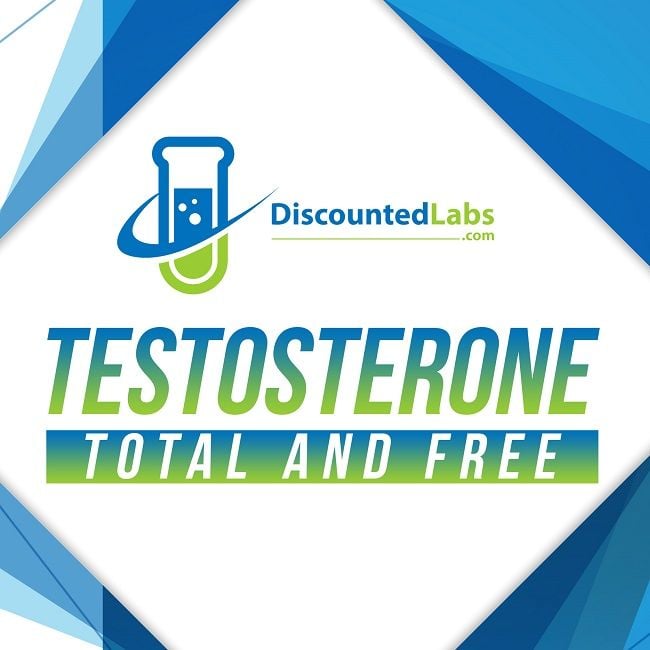bennettjc
Member
I've been irked for a year by the apparent incorrect unit usage for the particular Free Testosterone test mentioned above. I periodically reach out to whatever relevant executive I can find. No luck for months until the below correspondence. In brief his explanation doesn't hold up in my view. And his perspective seems to fall apart when the % free testosterone is looked at. But before I get back to them I would like some learned input....
Mr. XYZ
I wanted to reach out to someone at LabCorp regarding an issue I noticed. If you are not the right person please direct me in the right direction.
I am under treatment with testosterone replacement therapy. Hence frequently I get various testosterone tests done at LabCorp (my lab of choice).
And here at the VA I have been ordering similar levels for some of my patients and we happen to use LabCorp.
I've noticed that the units for the report for Free Testosterone Direct are incorrect. For example a report on me noted that my free testosterone was 2.4 pg/ml. (Total testosterone was 44ng/dl). The result for free testosterone should have been reported as 2.4 ng/dl. How do I know? Because if you covert 2.4 pg/ml to ng/dl (to be consistent with the units for total testosterone) you get .24 ng/dl. I knew that was wrong because that would mean my a free/total testosterone percentage of .55% which is way too low and is inconsistent with results from other times.
Please let me know if LabCorp is aware of this issue and what might be done.
This must be confusing to patients and providers (and patient-providers like me!).
Thanks So Much
Bennett Cohen MD
______________________________________________________________________
Subject: Re: [External] RE: Issue From A Provider/Patient
Dr Cohen - below is a message from our technical director Dr Andre Valcour:
The Direct Free Testosterone test produces numerical values that are approximately 10-fold lower than other commonly used free testosterone methods. This is based on way the assay is calibrated and is reflected in the reference ranges which are method specific. We offer the test in a manner that is consistent with the FDA cleared IFU. LabCorp has provided this test in this manner for many years (since the early eighties), and it is favored by many clinicians. In fact, it is by far the most popular test for free testosterone we offer. Clinicians are aware that the results must be considered in the context of the method-specific reference intervals. LabCorp offers a great variety of methods for measuring total and free testosterone. Our extensive menu is designed to fulfill the varied needs of all our clinician clients.
If you have further questions, I am happy to coordinate a discussion.
Best, Ben
Mr. XYZ
I wanted to reach out to someone at LabCorp regarding an issue I noticed. If you are not the right person please direct me in the right direction.
I am under treatment with testosterone replacement therapy. Hence frequently I get various testosterone tests done at LabCorp (my lab of choice).
And here at the VA I have been ordering similar levels for some of my patients and we happen to use LabCorp.
I've noticed that the units for the report for Free Testosterone Direct are incorrect. For example a report on me noted that my free testosterone was 2.4 pg/ml. (Total testosterone was 44ng/dl). The result for free testosterone should have been reported as 2.4 ng/dl. How do I know? Because if you covert 2.4 pg/ml to ng/dl (to be consistent with the units for total testosterone) you get .24 ng/dl. I knew that was wrong because that would mean my a free/total testosterone percentage of .55% which is way too low and is inconsistent with results from other times.
Please let me know if LabCorp is aware of this issue and what might be done.
This must be confusing to patients and providers (and patient-providers like me!).
Thanks So Much
Bennett Cohen MD
______________________________________________________________________
Subject: Re: [External] RE: Issue From A Provider/Patient
Dr Cohen - below is a message from our technical director Dr Andre Valcour:
The Direct Free Testosterone test produces numerical values that are approximately 10-fold lower than other commonly used free testosterone methods. This is based on way the assay is calibrated and is reflected in the reference ranges which are method specific. We offer the test in a manner that is consistent with the FDA cleared IFU. LabCorp has provided this test in this manner for many years (since the early eighties), and it is favored by many clinicians. In fact, it is by far the most popular test for free testosterone we offer. Clinicians are aware that the results must be considered in the context of the method-specific reference intervals. LabCorp offers a great variety of methods for measuring total and free testosterone. Our extensive menu is designed to fulfill the varied needs of all our clinician clients.
If you have further questions, I am happy to coordinate a discussion.
Best, Ben

















